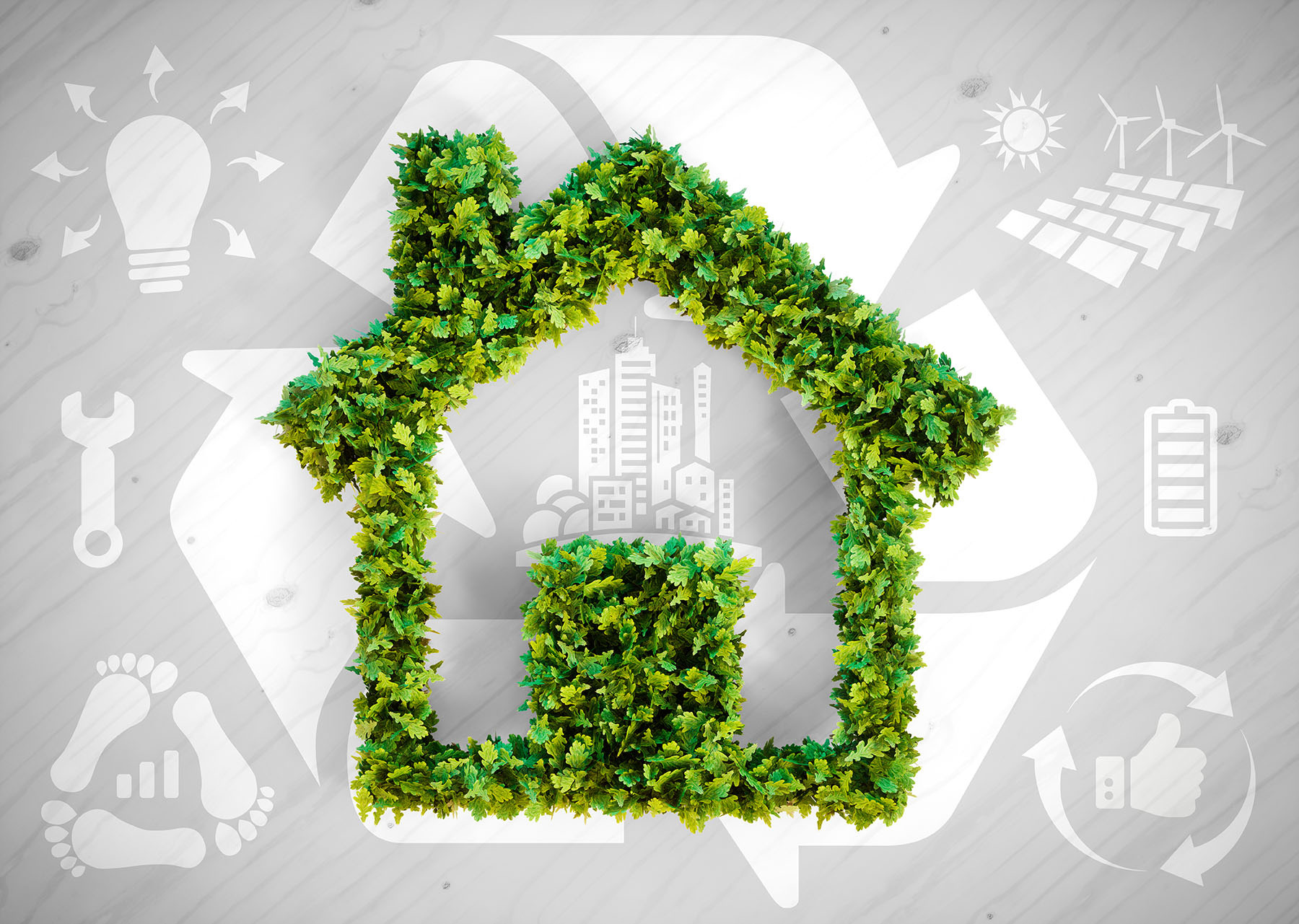Sustainability glossary
Welcome to BUWOG's sustainability glossary. As a leading project developer in residential construction, we are committed to a sustainable future. The building sector plays a central role in climate protection, as it accounts for a significant proportion of energy consumption. With a clear focus on ecological, economic and social sustainability, we realize new construction projects that meet the requirements of current and future generations. Our glossary from A to Z offers a wide range of terms relating to sustainability in the construction sector, explains their meaning and shows how they contribute to the promotion of neighborhood development and urban density.

